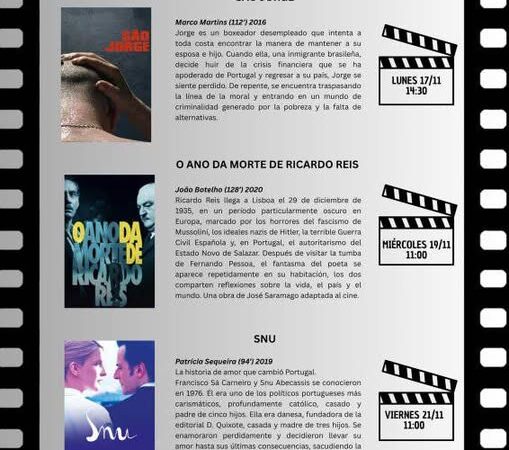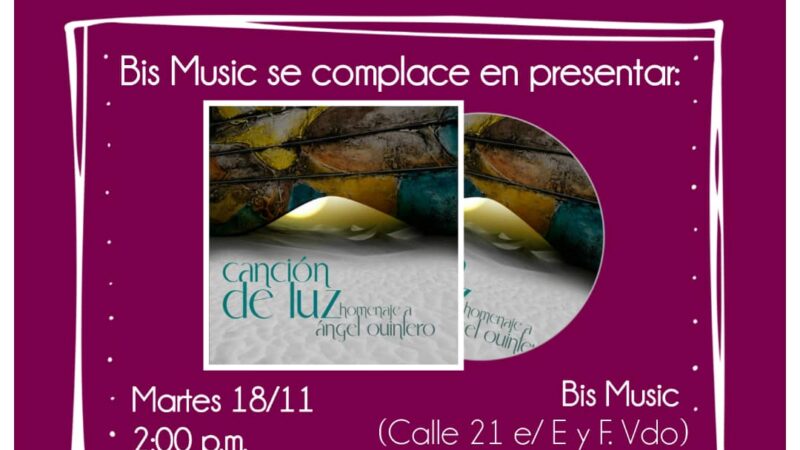The endless thread of passion for art
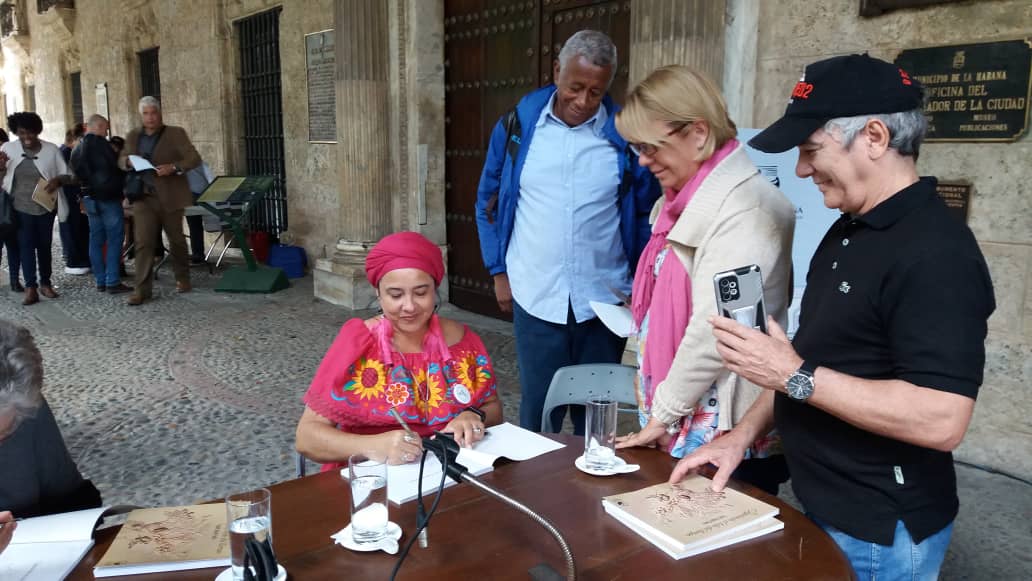
The book Siguiendo el hilo del tiempo, by the notable artist Yudit Vidal Faife, was presented on the Calle de Madera, in the Historic Center, as part of the programming by Ediciones Boloña at the 32nd International Book Fair.
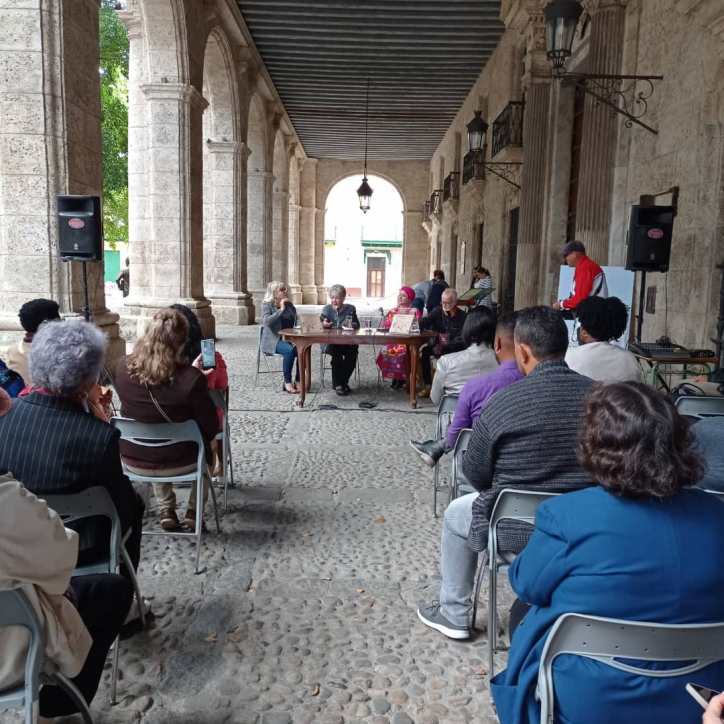
Magda Resik, the first vice-president of the Union of Writers and Artists of Cuba (Uneac) and director of communications at the Office of the Historian of the City of Havana (Ohch), eloquently spoke about the work of the renowned artist. Yudit Vidal Faife was accompanied by artisans from the project ‘Entre hilos, alas y pinceles,’ and together, they are connected by an infinite thread of art, exquisiteness, and good taste.
The presentation drew the presence of notable figures, including Perla Rosales, deputy general director of the OHCH, and other representatives of various institutions.
Within the continuous ebb and flow of ideas and creativity emanating from the artist, Siguiendo el hilo del tiempo, published by Ediciones Cubanas Artex, stands as a significant contribution to Cuban culture. Renowned art critic and curator Nelson Herrera Ysla, who authored the prologue, attests to its importance.
The over 200-page volume, enriched with texts by Dr. Cristina González Bequer, delves into Yudit’s experiences as an artist and cultural promoter. It showcases her journey, which began many years ago in Trinidad and continues to exhibit extraordinary vitality, according to the specialist.
Herrera Ysla emphasizes, «This is a reborn, living tradition. We are not merely observing museum pieces; instead, in Yudit’s work, we are witnessing living pieces that actively engage with today’s world.» He commends the artist for seamlessly embracing the tradition of multidisciplinarity prevalent in contemporary art.»
During the presentation, Herrera Ysla eloquently delved into Yudit Vidal’s illustrious career, her academic background, and her current creative endeavors. Vidal seamlessly integrates the rich Trinidad tradition into her work, and in a captivating gesture, she introduces a piece of intricately woven fabric crafted by artisans—a distinctive heritage from the colonial past, whether in meticulous detail or as a whole.
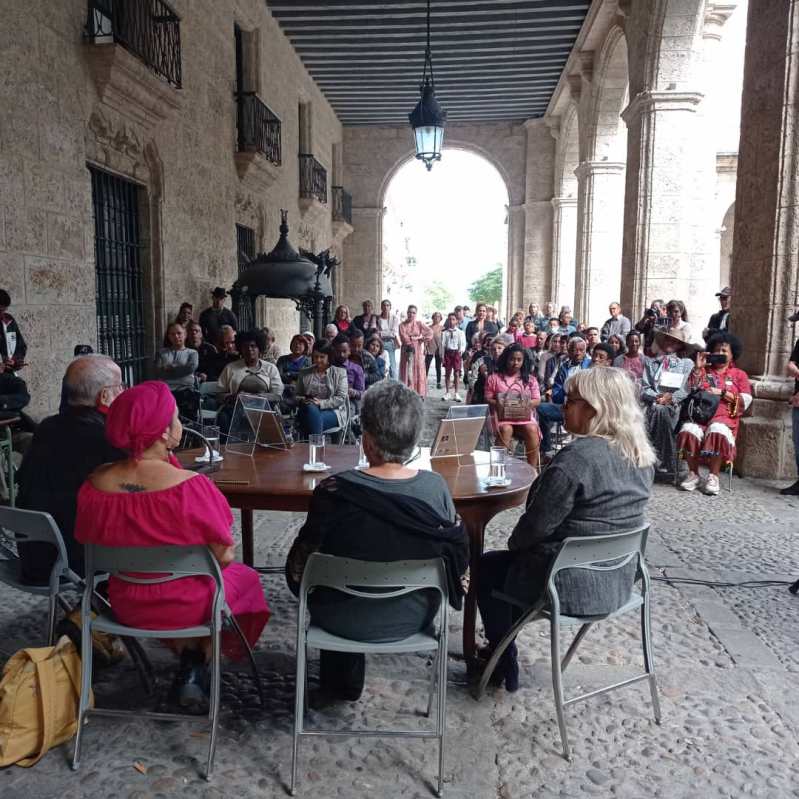
In the preface, the specialist underscores that this integration is ‘a turn of the screw, a fresh perspective on the past that demands its presence in the contemporary universe.’ Vidal skillfully intertwines and weaves each of these fabric pieces, providing a unique third dimension that transcends the strictly two-dimensional, enhancing what can be regarded as object painting. Her creations become three-dimensional paintings and drawings, encapsulated within the confines of small and medium formats, and even larger canvases.
Herrera Ysla highlights Vidal’s groundbreaking achievements, citing the 14th Havana Biennial as an example. During this event, her artistic line manifested in the urban space with extraordinary works along the Malecón. Notably, Vidal successfully embedded her production in the urban fabric of the capital, as evident in the ‘Detrás del muro’ project, directed by Juanito Delgado, featuring ‘Alas del tiempo y muro de identidad,’ a piece located in a Centro Habana apartment building.
Expressing visible emotion and deep gratitude to all who contributed to realizing her dream of presenting the book at the biennial, Vidal emphasized the convergence of tradition and modernity in her artwork. She articulated the significance of legitimizing the crafts that have thrived in Trinidad for over 500 years, incorporating them into her work to challenge the dichotomy of ‘big art’ and ‘small art.’
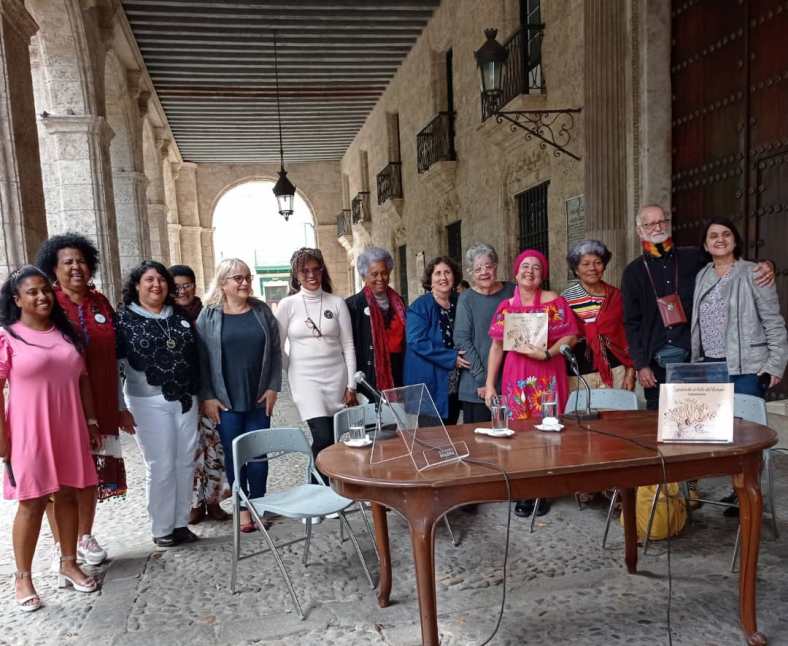
Herrera Ysla also underscored the value of ancestral knowledge in thread and needlework within Vidal’s city. He mentioned that Havana historian Eusebio Leal Spengler, who opened the doors of the capital to her and facilitated her first exhibition, greatly influenced her. Regarding the accompanying pictures, credit goes to the talented photographer Víctor Manuel Echenagusia.»
«Dr. Cristina González Bequer, entrusted with chronicling the memories and stories of these women and their traditions, shared her profound connection with the ‘Entre hilos, alas y pinceles’ project. She recounted the inception of her involvement, beginning with her initial visit to Yudit’s workshop, where she witnessed the meticulous assembly of pieces by the craftswomen. Bequer expressed that the experience was truly unique, marked by its novelty and originality, and she expressed immense satisfaction with the project’s success from various perspectives, notably its aesthetic accomplishments and the milestones achieved over time.
In describing her role, Bequer conveyed that documenting the project was not merely a task but a great pleasure. The process of narrating how the project was conceived, executed, evolved, and reached its present state was more than work—it was a rewarding endeavor.
Among the attendees were a group of Trinidad residents who had traveled specifically from the Third District, dedicated followers of Yudit Vidal Faife’s work. Vidal, known for her continuous ability to surprise, invited Rosa Nibia Marrero to perform the Hymn of Trinidad, penned by Catalina Berroa, the first composer born in Trinidad.
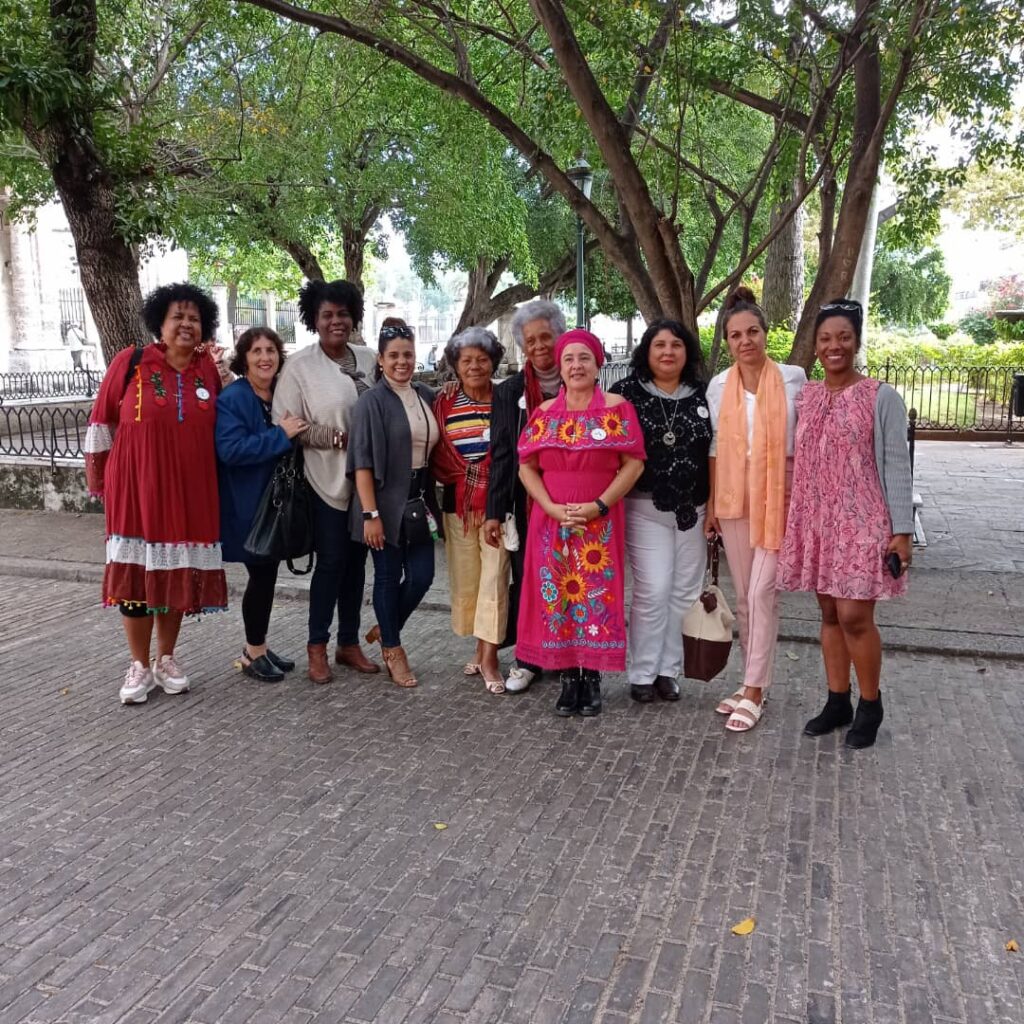
The event also welcomed the participation of the collective from the radio station Habana Radio and Ediciones Boloña, founded by Leal. Both entities are set to present other works at the fair, aligned with the OHCH imprint in terms of content and the defense of heritage. Notably, the book ‘Siguiendo el hilo del tiempo’ stands as a sisterly work, contributing to the preservation and celebration of cultural heritage.»
Translated by Luis E. Amador Dominguez


